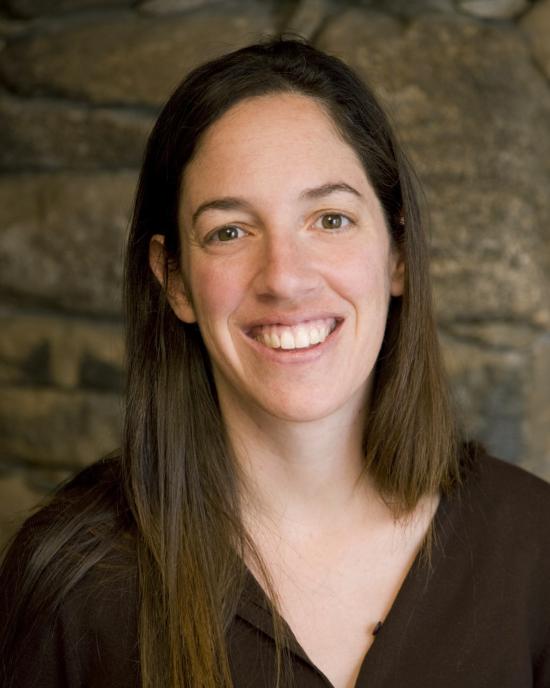Publication
ASSESSING ENGINEERING STUDENTS' READINESS TO COLLABORATE SUSTAINABLE DESIGN: AN OPEN ACCESS INSTRUMENT FOR EXPERIMENTATION
On This Page
Topping the list of the National Academy of Engineering's grand challenges for engineering is the imperative for designs which meet the needs of today's society without compromising the ability of future generations to meet their own needs--sustainable design. Best practices in sustainable design have drawn on open, participatory collaboration with stakeholders--a rare procedure in most engineering disciplines. This type of collaboration requires integrated ethical and social development as well as reflexive analysis. We present here an instrument under development that has shown preliminary promise as a "quick and dirty" measure of potential readiness to collaborate for sustainable design. It is a 17-item instrument. It targets assessment of specific constructs in the context of collaboration for sustainability based on Fink's integrated taxonomy of significant learning. They are: 1) personal agency for sustainability; 2) value of self-transcendence and 3) awareness of one's limited perspective in situations. The theoretical grounding of the constructs derive from Bandura's model of agency, Schwartz's model of universal human values, and Argyris' model of inference, respectively. At the time of this writing, the instrument has been completed by roughly 200 college students. Two of the three scales have strong internal reliability with Cronbach alpha reliability measures of 0.73 for construct 1) and 0.90 for construct 2). The third is weaker with a Cronbach alpha of 0.3, clearly calling for a closer examination and alteration of the survey questions. Each of the scales accounts for 68%, 63% and 51% of the variance, respectively. We present evidence of validity for the three scales. Construct validity is illustrated through predictable performance on the scales by contrasting groups of students, consistency in the internal structure through factor analysis and expected correlations across scales. However, we recognize that these instruments can be refined and improved; we have deployed them in a web-based open-access format to encourage change. The significance of this tool and its open format is that it provides the engineering education community with a way to participate in the broader development and refinement of a tool that shows merit in assessing proxy indicators of students' readiness to collaborate for sustainability. It has the potential to raise awareness of this limited proxy indicator of students' readiness of collaborating for sustainable design. Our intent in making it transparent is to foster a deeper reflection in the engineering education community about sustainable design and the hidden meaning within engineering curricula and cultures.
